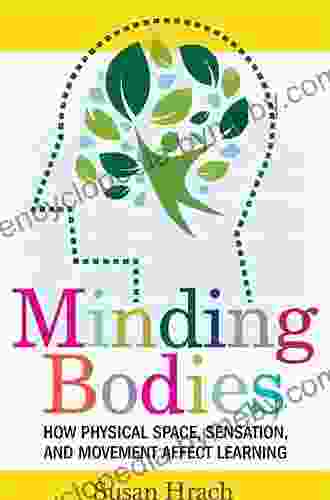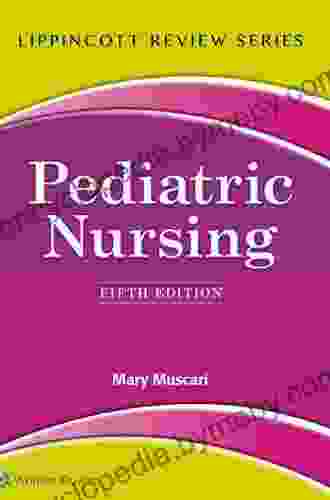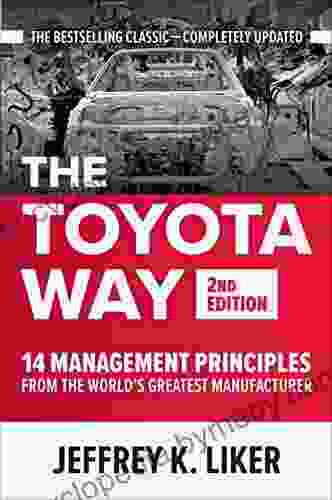How Physical Space Sensation And Movement Affect Learning Teaching And Learning

In a world where education is constantly evolving, it's crucial to embrace innovative approaches that enhance the learning experience. One such approach is to understand the profound impact of physical space sensation and movement on learning and teaching.
The Importance of Physical Space in Learning
The physical environment where learning takes place plays a pivotal role in shaping students' cognitive, emotional, and behavioral outcomes. Studies have shown that:
4.7 out of 5
| Language | : | English |
| File size | : | 1572 KB |
| Text-to-Speech | : | Enabled |
| Screen Reader | : | Supported |
| Enhanced typesetting | : | Enabled |
| Word Wise | : | Enabled |
| Print length | : | 224 pages |
- Spatial organization: Classrooms that are well-organized and promote spatial awareness can improve students' attention and memory.
- Natural light: Exposure to natural light has been linked to increased alertness, reduced stress, and improved academic performance.
- Color and design: The colors and design elements in a classroom can influence students' moods, motivation, and creativity.
Sensation and the Learning Process
Our senses provide us with information about the world around us, and they play a crucial role in the learning process:
- Visual learners: These individuals prefer to learn through images, charts, and diagrams.
- Auditory learners: These individuals learn best through listening to lectures, discussions, and music.
- Kinesthetic learners: These individuals learn by ng, touching, and experiencing.
By understanding students' sensory preferences, educators can tailor their教学方法to meet their individual needs.
Movement and Cognitive Function
Movement has been shown to have a positive impact on cognitive function, including:
- Brain development: Physical activity can stimulate the growth of new neurons and connections in the brain.
- Attention and focus: Movement can improve attention and focus, making students more receptive to learning.
- Memory: Physical activity can enhance the formation and retrieval of memories.
Incorporating movement into lessons, such as through interactive games, movement breaks, or physical exercises, can enhance students' learning outcomes.
Practical Applications for Learning and Teaching
Here are some practical ways to apply the principles of physical space sensation and movement in learning and teaching:
- Create flexible learning spaces: Utilize movable furniture and create areas for different activities, such as collaboration, independent study, and movement.
- Maximize natural light: Position desks near windows or incorporate skylights to provide ample natural lighting.
- Consider sensory preferences: Provide a variety of learning materials and activities that cater to different sensory preferences.
- Incorporate movement into lessons: Integrate movement breaks, interactive games, and physical exercises into the curriculum.
By embracing the principles of physical space sensation and movement, educators can create learning environments that are conducive to optimal learning. By understanding the impact of space, sensation, and movement on the learning process, we can empower students to achieve their full potential.
For a comprehensive exploration of this topic, I highly recommend the book "How Physical Space Sensation And Movement Affect Learning Teaching And Learning." This book provides an in-depth analysis of the research and evidence, offering practical strategies for educators to implement in their own teaching practices.
Unlock the power of space and movement for enhanced learning and teaching. Invest in the future of education by implementing these innovative approaches and empowering learners to reach new heights.
4.7 out of 5
| Language | : | English |
| File size | : | 1572 KB |
| Text-to-Speech | : | Enabled |
| Screen Reader | : | Supported |
| Enhanced typesetting | : | Enabled |
| Word Wise | : | Enabled |
| Print length | : | 224 pages |
Do you want to contribute by writing guest posts on this blog?
Please contact us and send us a resume of previous articles that you have written.
 Book
Book Novel
Novel Page
Page Chapter
Chapter Text
Text Story
Story Genre
Genre Reader
Reader Library
Library Paperback
Paperback E-book
E-book Magazine
Magazine Newspaper
Newspaper Paragraph
Paragraph Sentence
Sentence Bookmark
Bookmark Shelf
Shelf Glossary
Glossary Bibliography
Bibliography Foreword
Foreword Preface
Preface Synopsis
Synopsis Annotation
Annotation Footnote
Footnote Manuscript
Manuscript Scroll
Scroll Codex
Codex Tome
Tome Bestseller
Bestseller Classics
Classics Library card
Library card Narrative
Narrative Biography
Biography Autobiography
Autobiography Memoir
Memoir Reference
Reference Encyclopedia
Encyclopedia 003 Edition Kindle Edition
003 Edition Kindle Edition Leslie Morgan Steiner
Leslie Morgan Steiner Adam J Levitin
Adam J Levitin Aaron Lansky
Aaron Lansky Letitia Baldrige
Letitia Baldrige Jonathan Brabrand
Jonathan Brabrand Dr Tracy Sanders
Dr Tracy Sanders Graham Hancock
Graham Hancock Caren Mcnelly Mccormack
Caren Mcnelly Mccormack Sherrie Nist Olejnik
Sherrie Nist Olejnik Adam J Westfall
Adam J Westfall A L Galbraith
A L Galbraith William Poundstone
William Poundstone David Blacklock
David Blacklock Aaron Nannini
Aaron Nannini Adam Fergusson
Adam Fergusson Zoe Persico
Zoe Persico Trent Harding
Trent Harding Abeer Y Hoque
Abeer Y Hoque Mark Griffin
Mark Griffin
Light bulbAdvertise smarter! Our strategic ad space ensures maximum exposure. Reserve your spot today!
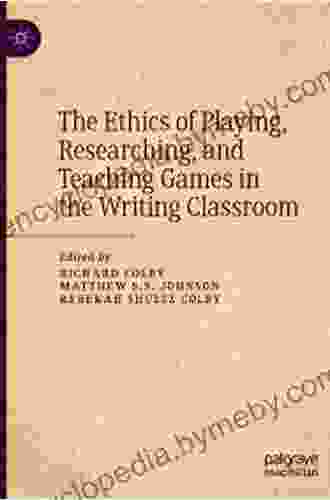
 Joseph HellerThe Ethics Of Playing Researching And Teaching Games In The Writing Classroom
Joseph HellerThe Ethics Of Playing Researching And Teaching Games In The Writing Classroom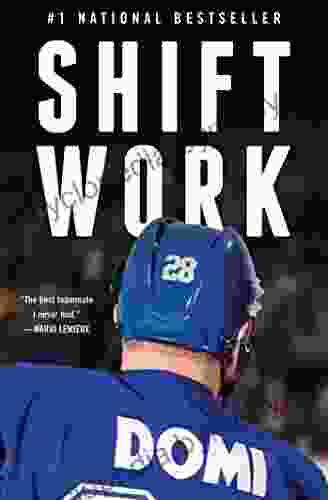
 Kenneth ParkerShift Work: The Revolutionary Guide to Flexible Work Arrangements by Achille...
Kenneth ParkerShift Work: The Revolutionary Guide to Flexible Work Arrangements by Achille...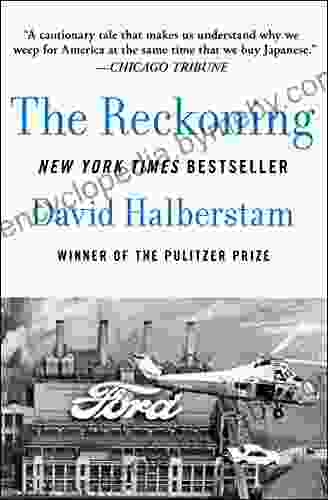
 Elliott CarterThe Reckoning: A Profound Insight into the Ravages of War and its Enduring...
Elliott CarterThe Reckoning: A Profound Insight into the Ravages of War and its Enduring... Charlie ScottFollow ·13.7k
Charlie ScottFollow ·13.7k Ryūnosuke AkutagawaFollow ·4.3k
Ryūnosuke AkutagawaFollow ·4.3k Richard SimmonsFollow ·16.1k
Richard SimmonsFollow ·16.1k Andy HayesFollow ·9.8k
Andy HayesFollow ·9.8k José SaramagoFollow ·11.2k
José SaramagoFollow ·11.2k Oliver FosterFollow ·10.7k
Oliver FosterFollow ·10.7k Harry CookFollow ·16k
Harry CookFollow ·16k Tennessee WilliamsFollow ·2.2k
Tennessee WilliamsFollow ·2.2k
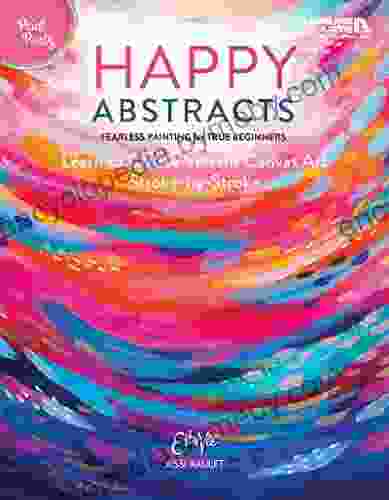
 Timothy Ward
Timothy WardFearless Painting for True Beginners: Learn to Create...
Unlock the Joy of...

 Fernando Pessoa
Fernando PessoaProven 12-Step Program for Financial Peace of Mind:...
Are you struggling with...
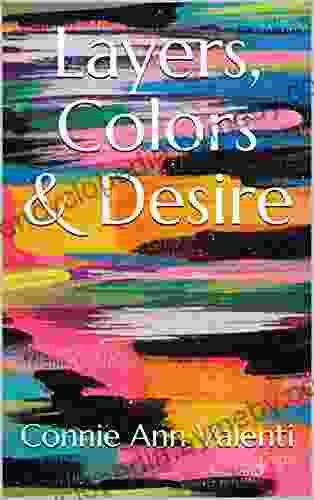
 Chinua Achebe
Chinua AchebeLayers Colors Desire: Layers Colors Thoughts Mystery
A Literary Labyrinth...

 Fernando Bell
Fernando BellUnearth Hidden Treasures: Journey Through "Secondhand...
Prepare to embark on an extraordinary...
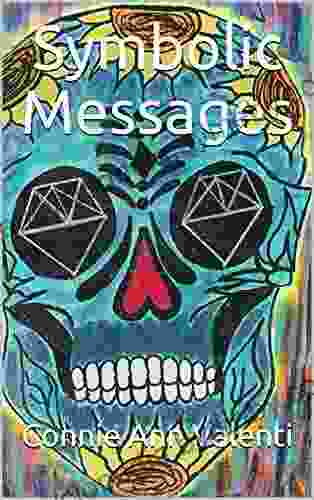
 Caleb Carter
Caleb CarterSymbolic Messages Garage Sale Mysteries: Unveiling the...
Welcome to the extraordinary world of the...

 Nikolai Gogol
Nikolai GogolTravels in the Billion Dollar Trash Trade: Uncovering the...
Ỡ In his...
4.7 out of 5
| Language | : | English |
| File size | : | 1572 KB |
| Text-to-Speech | : | Enabled |
| Screen Reader | : | Supported |
| Enhanced typesetting | : | Enabled |
| Word Wise | : | Enabled |
| Print length | : | 224 pages |


